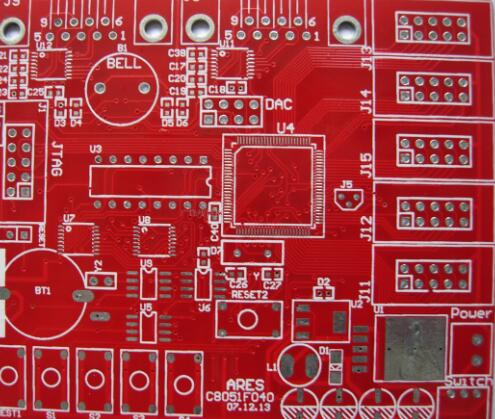A new breakthrough in the lithium battery of the flexible and hard board, the new coating improves the lifespan
According to the understanding of the rigid-flex board factory, the lithium battery is currently the most widely used battery, which has the advantages of high energy density, low self-discharge rate, and high potential difference. Lithium-ion batteries have been applied in many fields, such as mobile phones, electric vehicles, satellites, spacecraft, and underwater robots. However, lithium electronics is not without its shortcomings. There is room for improvement in terms of power density and service life.
During the cycle of lithium batteries, impurities will accumulate in the battery's nickel-rich cathode. Although nickel is the key to the energy density of lithium batteries, it is unstable. This easily leads to the formation of impurities on the surface of the nickel cathode during the first charge and discharge cycle, which in turn reduces the storage capacity of the battery by 10% to 18%.
In addition, nickel creates instability under the surface of the cathode structure, and over time, it also starts to reduce the storage capacity of the battery. Therefore, after long-term use of lithium batteries, the endurance will often decrease significantly.
Rigid-flex board factory understands that as a candidate material for the cathode, a nickel-manganese-cobalt material named NMC 811 has great development potential. Therefore, researchers from the State University of New York at Binghamton, the Department of Energy, and Oak Ridge National Laboratory conducted a number of chemical studies on NMC 811, hoping that it could effectively suppress the instability in the cathode.

Researchers use X-ray and neutron diffraction techniques to explore the internal mechanism of the material. The results show that neutrons can easily penetrate the cathode material and reveal the positions of niobium and lithium atoms, which provides an opportunity to further understand the modification process of niobium.
Moreover, neutron scattering data show that niobium atoms stabilize the surface and reduce the loss in the first cycle. At higher temperatures, niobium atoms replace some of the deeper manganese atoms in the cathode material, improving long-term capacity retention. Through this nickel-manganese-cobalt material, the capacity loss of the lithium battery is significantly reduced during the first charge cycle.
Rigid-flex board factory believes that it is worth mentioning that the material also provides longer performance, with a content retention rate of 93.2% for 250 charging cycles. In the case of high-density storage priority applications, such as in the field of electric transportation, this feature will play a greater advantage.
In addition, electrochemical performance and structural stability give NMC 811 a better chance to become a candidate cathode material, which can be used in higher energy density applications, such as electric vehicles. In the future, combining the niobium coating with niobium atoms instead of manganese atoms may be an effective way to increase the initial capacity and long-term capacity retention of lithium batteries.